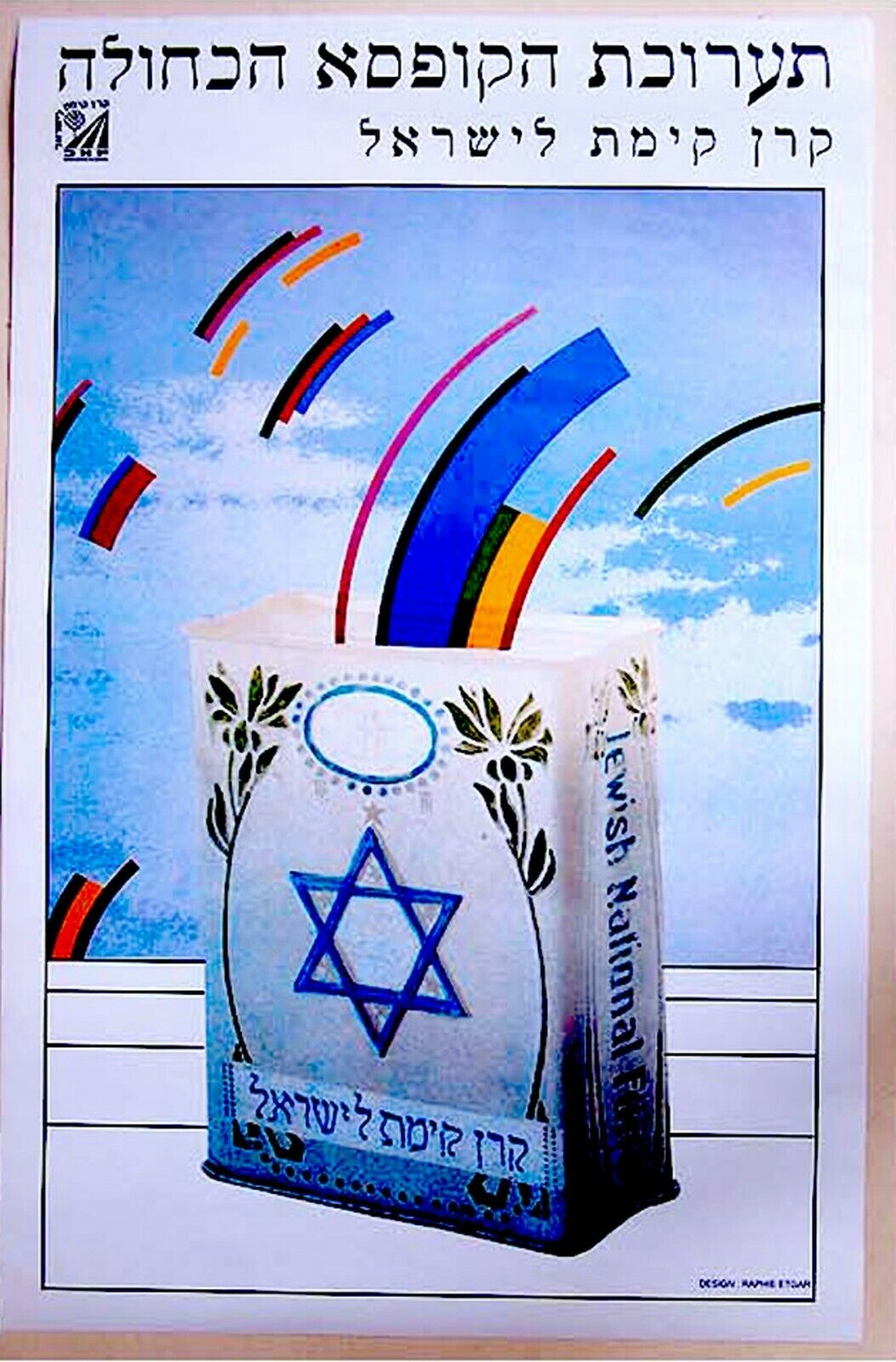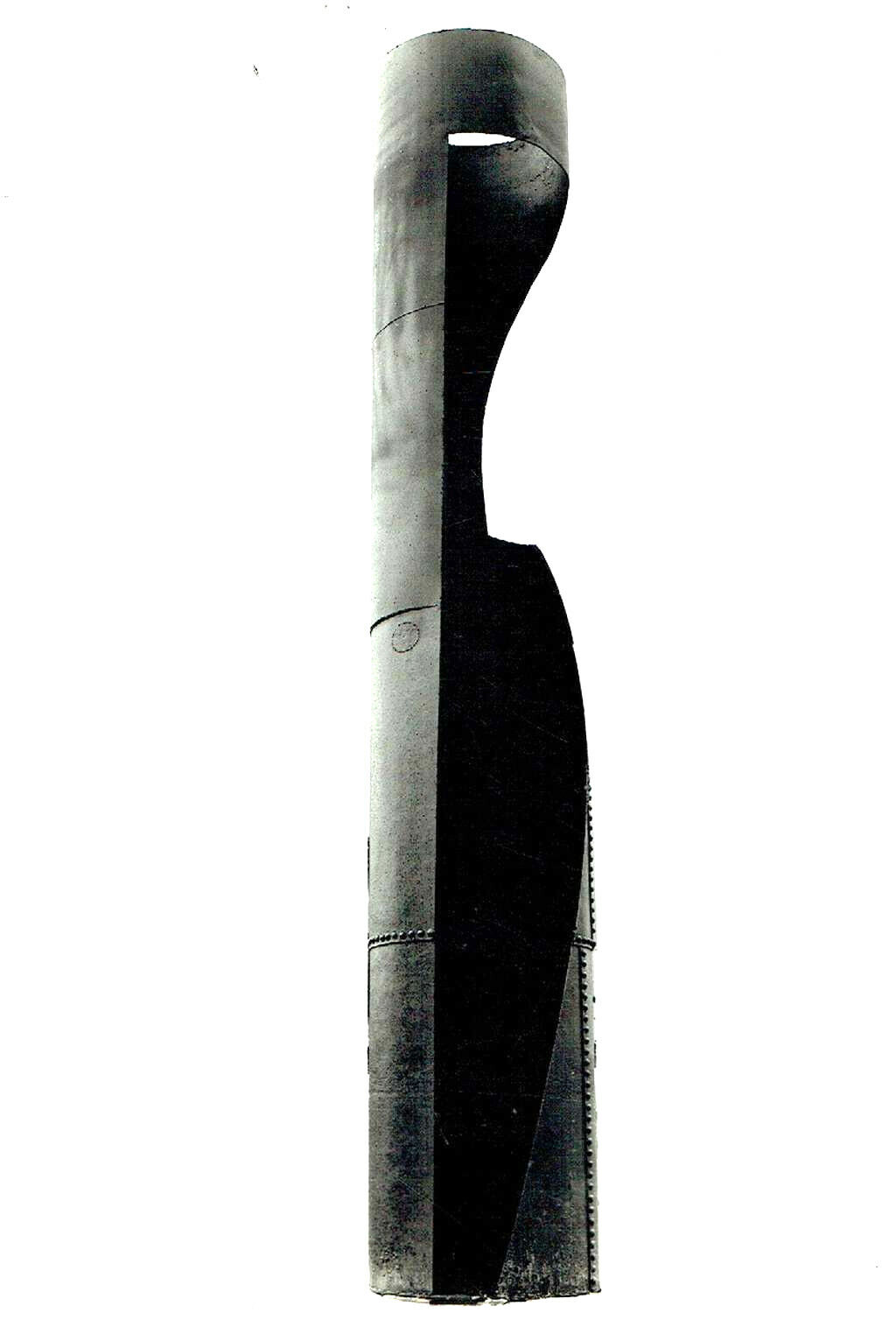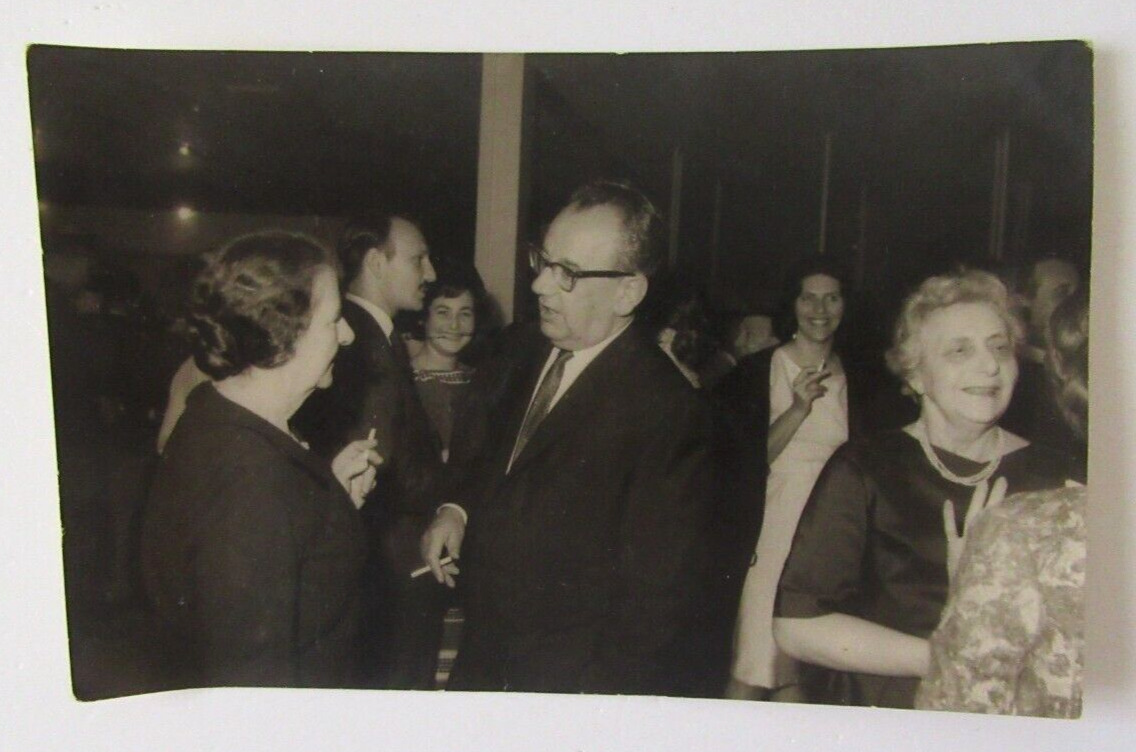-40%
Graphic BIG EXHIBITION POSTER Jewish ISRAEL Judaica KKL JNF TIN BLUE BOX Hebrew
$ 50.16
- Description
- Size Guide
Description
DESCRIPTION:
Here for sale is a genuine authentic vintage 30 years old ZIONIST JUDAICA POSTER which was graphicaly designed by RAFI ( Raphie ) ETGAR , Issued by the Jewish - Eretz Israeli - Hebrew JNF ( Jewish National Fund ) - KKL ( Keren Kayemet Le'Israel ) in 1991 in Eretz Israel . It was issued towards the opening of the Zionist exhibition
" The JNF BLUE BOX EXHIBITION - Jewish National Fund - 90th ANNEVERSARY 5662-5752 19001-1991"
with the purpose of
commemorating and celebrating the 90th ANNIVERSARY - BIRTHDAY of the KEREN KAYEMET LE'ISRAEL - JEWISH NATIONAL FUND ( KKL - JNF )
. The poster depicts a traditional very OLD and RARE KKL BLUE BOX
.
The poster is named after the EXHIBITION
which is written also in ENGLISH , FRENCH and SPANISH . Designed by RAFI ( Raphie ) ETGAR , One of the leading GRAPHIC and POSTER DESIGNERS in ISRAEL . Printed on thick chromo.
The poster SIZE is around 28" x 20 " .
Very good
condition ( Pls look at scan for accurate AS IS images ) Poster will be sent rolled in a special protective rigid sealed tube.
AUTHENTICITY
:
The poster comes from a KKL- JNF old warehouse and is fully guaranteed ORIGINAL from 1991 . It is NOT a reproduction or a recently made reprint or an immitation , It holds a life long GUARANTEE for its AUTHENTICITY and ORIGINALITY.
PAYMENTS
:
Payment method accepted : Paypal .
SHIPPING
:
Shipp worldwide via registered airmail is $ 25.
Will be sent around
5
days after payment in a protective rigid sealed tube.
The Jewish National Fund (Hebrew:
קרן קימת לישראל
,
Keren Kayemet LeYisrael
) (abbreviated as JNF, and sometimes KKL) was founded in 1901 to buy and develop land in Ottoman Palestine (later British Mandate for Palestine, and subsequently Israel and the Palestinian territories) for Jewish settlement. The JNF is a quasi-governmental, non-profit organization.By 2007, it owned 13% of the total land in Israel. Since its inception, the JNF has planted over 240 million trees in Israel. It has also built 180 dams and reservoirs, developed 250,000 acres (1,000 km
2
) of land and established more than 1,000 parks.In 2002, the JNF was awarded the Israel Prize for lifetime achievement and special contribution to society and the State of Israel.
The Blue Box
For dozens of years, the Blue Box served as a fund raiser in every Diaspora home and every Jewish institution in Israel and abroad: A cherished, popular means to realize the Zionist vision of establishing a state for the Jewish people.
Keren Kayemeth LeIsrael (KKL) was established on December 29, 1901 (9 Tevet 5562) at the Fifth Zionist Congress in Basel. To raise funds for it, Haim Kleinman, a bank clerk from Nadvorna, Galicia, soon placed a box in his office and sent off a letter to Die Welt, the Zionist newspaper in Vienna, notifying it accordingly: "In keeping with the saying, 'bit and bitty fill the kitty' and following the Congress resolution on KKL's founding, I put together an 'Erez Israel box', stuck the words 'National Fund' on it and placed it in a prominent spot in my office. The results, given the extent of the experiment so far, have been astonishing. I suggest that like-minded people, and particularly all Zionist officials, collect contributions to KKL in this way."
The Blue Box: More Than a Fundraising Device The funds raised through the Blue Box (the "pushke," as it was widely known) were an instrument to redeeming the land in Eretz Israel on which the Jewish home was to arise. But the Blue Box was more than just a fundraising device. From the beginning, it was an important educational vehicle spreading the Zionist word and forging the bond between the Jewish People and their ancient homeland. The Blue Box has changed form many times over the years, and often wasn't even blue. It is a symbol. A symbol of KKL-JNF and its efforts to develop the land of Israel, plant forests, create parks, prepare soil for agriculture and settlement, carve out new roads and build water reservoirs – A symbol of connectedness with the land. For many people, KKL-JNF's Blue Box is inseparable from their childhood memories. Blue Boxes were placed in every classroom, into which every Friday small coins were dropped. For several decades the Blue Box raised funds for environmental goals, though over time its status whittled away until it disappeared from the Israeli scene. The Blue Box was reinstated after the Second Lebanon War. Giant Blue Boxes designed by the finest Israeli artists were exhibited on Tel Aviv's Rothschild Boulevard where the public was invited to contribute to rehabilitating Israel's northern forests which had been destroyed in the war. Isrotel Hotels also took part in the effort with a large donation and awarded a tree planting certificate to every guest in each of its hotels. The blue charity collection boxes have been distributed by the JNF almost from its beginning. Once found in many Jewish homes, the boxes became one of the most familiar symbols of Zionism. A children's song about the boxes, written by Dr. Yehoshua Frizman, Headmaster of the Real Gymnasium for Girls in Kovno, ran
The box was invented when a bank clerk named Haim Kleinman in Nadvorna, Galicia placed a blue box labeled "Keren Le'umit" in his office, and suggested that similar boxes be distributed by the Fund. The first mass-produced boxes were distributed in 1904. Kleinman visited Mandate Palestine in the 1930s and planned to make aliyah, but perished in the Holocaust. Menahem Ussishkin wrote that "The coin the child contributes or collects for the redemption of the land is not important in itself; it is not the child that gives to the Keren Kayemeth, but rather the Fund that gives to the child, a foothold and lofty ideal for all the days of his life."The boxes could take a variety of shapes and sizes. Some were paper made to fold flat like envelopes and able to contain only a small number of coins, some early American boxes were cylindrical, some German boxes were made of tin stamped into the shape of bound books. Israel issued postage stamps bearing the image of the blue box in 1983, 1991, and 1993 for the JNF's 90th anniversary. ebay778















